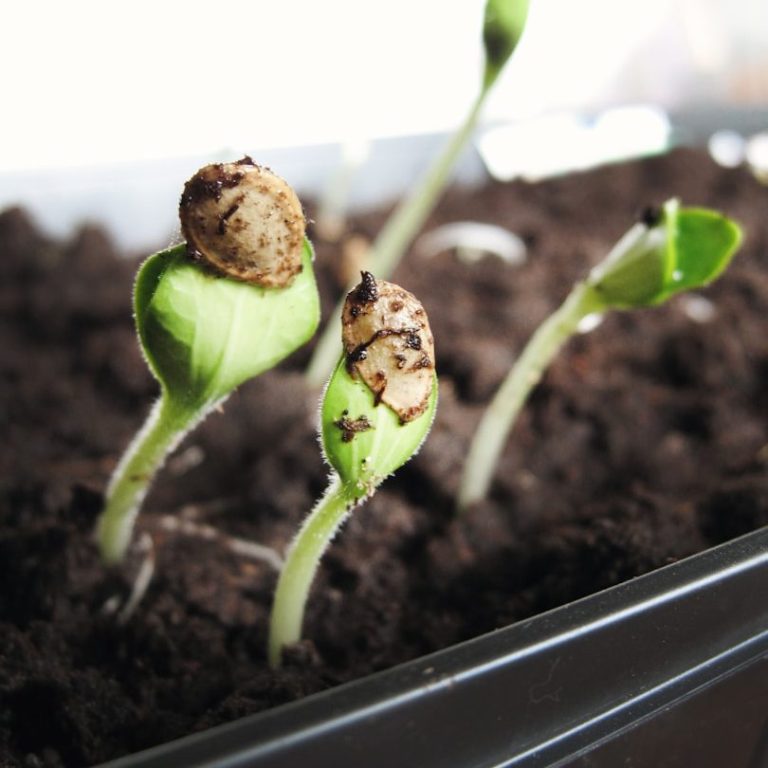
The Farming Future - Controlled Environment Agriculture (CEA), Glasshouses or Farms?
There are many opinions surrounding the future of farming – a lot of which focus around the different growing environments – Field, Glasshouse and more recently Controlled Environment Agriculture (CEA). In reality there is merit surrounding each of these farming practises, but also some challenges that they now face due to changing weather trends, wars and a potential global economic reset driven by the USA.
When you review these systems and factor in the growing debate that we are fast heading towards a UK and potentially Global food crisis there are clearly some aspects that need to be faced into by the entire food chain.
- Firstly, we can now confirm that Global weather patterns have changed and it’s impacting the food supply chain
- In crop commodity and retail businesses we are seeing supply contracts being agreed, but the act of getting them fulfilled now being much harder than it used to be.
- Although it has received lots of positive press over the years – purist CEA growing seems to have limited real world applications at the moment.
- Compared to large arable farm set ups, these systems are expensive to put up and, to date, have limited crops they can grow that are commercially viable.
- Ultimately whatever changes we make we need to ensure that our Food Growing Experts (the Farmers) understand them, can see the commercial benefits and that they can buy into them.
- A lot of Farmers appear to see Glasshouse production as a significant leap in technology and therefore CEA is seen to be more space age than farming so we can’t go too far.
May
2025
Unfortunately, regardless of political views, it appears that our countries leadership over recent years appear to have focused more on political headlines than actual impactful change to UK food growing. As a result we now hear about how we are losing UK Farmers and relying more on EU and Global sourcing than before. The question is: when the EU, the Americas, and other regions become more self-sustaining or shift their export crops to feed their own populations, where does that leave us as a nation?
It's a tough question and one that becomes even more challenging if we look at the agricultural landscape. In reality there are only two main trends in food growing methodologies that really represent any form of step change, and neither one is particularly encouraging.
The first is that farms are generally getting larger and are run by fewer farmers with more highly automated machinery and processes. This might not be a bad thing in some ways for economies of scale, but it appears to result in high levels of commodity trading and leaves farmers asking how they can better turn a profit from their endeavours. It also means that it’s a tougher industry to enter into than before, which is concerning given that we are losing more skills than we appear to be able to cultivate.
The other trend is one we have seen come and almost go over the last 10 - 12 years, this is the CEA sector, which seems to have quickly emerged as it has declined. It initially evolved very quickly with large numbers of CEA businesses being set up as the new dawn in farming. Unfortunately for the last 5 years we have seen a significant numbers collapsing into administration and the popularity of CEA waning as result. This means we have invested significant effort and money into a sector, yet I would question whether we have seen any notable advancements in farming methodology when it comes to feeding the world’s population.
Given that we are still on track to peak our world population in the next 25 or so years, are we working with too much of a short term focus to manage ourselves into a perfect storm? And if this is the case do we believe that we have years or generations to get something moving and to implement viable solutions?
Experience in the AgriTech arena indicates that it is not one but rather a hybrid of technologies and systems that will offer the solution. In recent years, the main focus was on pure indoor farming, I have seen very few people, whether in government, NGO’s or businesses, adopt this approach. It almost appears as if traditional Farming and CEA Technology for growing food have yet to fully meet. This doesn’t mean we don’t grow crops in Glasshouses in the UK; it just means that we haven’t yet fully tapped into the best technology to support it.
Thankfully, there are businesses that are starting to lead the way in this approach and have moved from smaller test plants to the development of larger scale growing units with the addition of indoor technology, thus allowing them to grow crops in the UK either year round or as extended seasons vs outdoor. Although we appear to be a year or two away from the more bespoke versions being fully operational the sooner we start, the better.
Personally, I have long believed that this Hybrid approach will be the most effective. It combines Greenhouse structures with the best aspects of the CEA, depending of course on the crops requirements.
The resultant system should be more than able to:
- Use sunlight as its main light source
- Be designed with sustainable power sources nearby
- Use artificial lighting to boost the growing day thus extending seasons
- Use hydroponic water systems to reduce or eliminate need for pesticides
- Aim to use mainly hydroponic water systems to move crops efficiently
- Be constructed modularly, thus minimising initial financial exposure
- Increase production per Sq. m thus allowing potential land rotation options on outdoor crops
- Be used for a wider spectrum of crops than tray leaf and herbs
Oddly, given the challenges of weather and finished goods availability, you’d think that we would be further down the line to achieving this. However, when you look at the systems you find that most CEA systems have been designed by engineers, scholars and tech businesses due to the level of automation or technical advancement often being aimed at. As a result there has been no collated effort to establish a return on investment for the farming community, who as a result are struggling to navigate the sea of information and misinformation that surrounds these new technologies.
Our end goal needs to be to somehow come together across the areas of lighting, hydroponics, power provision, crops and building structures to provide our farming community access to tried and tested systems they can safely invest in as growing experts, knowing that they can run these commercially and that should in turn support the Food Supply Chain and tackle our future food challenges.
We need your consent to load the translations
We use a third-party service to translate the website content that may collect data about your activity. Please review the details in the privacy policy and accept the service to view the translations.

